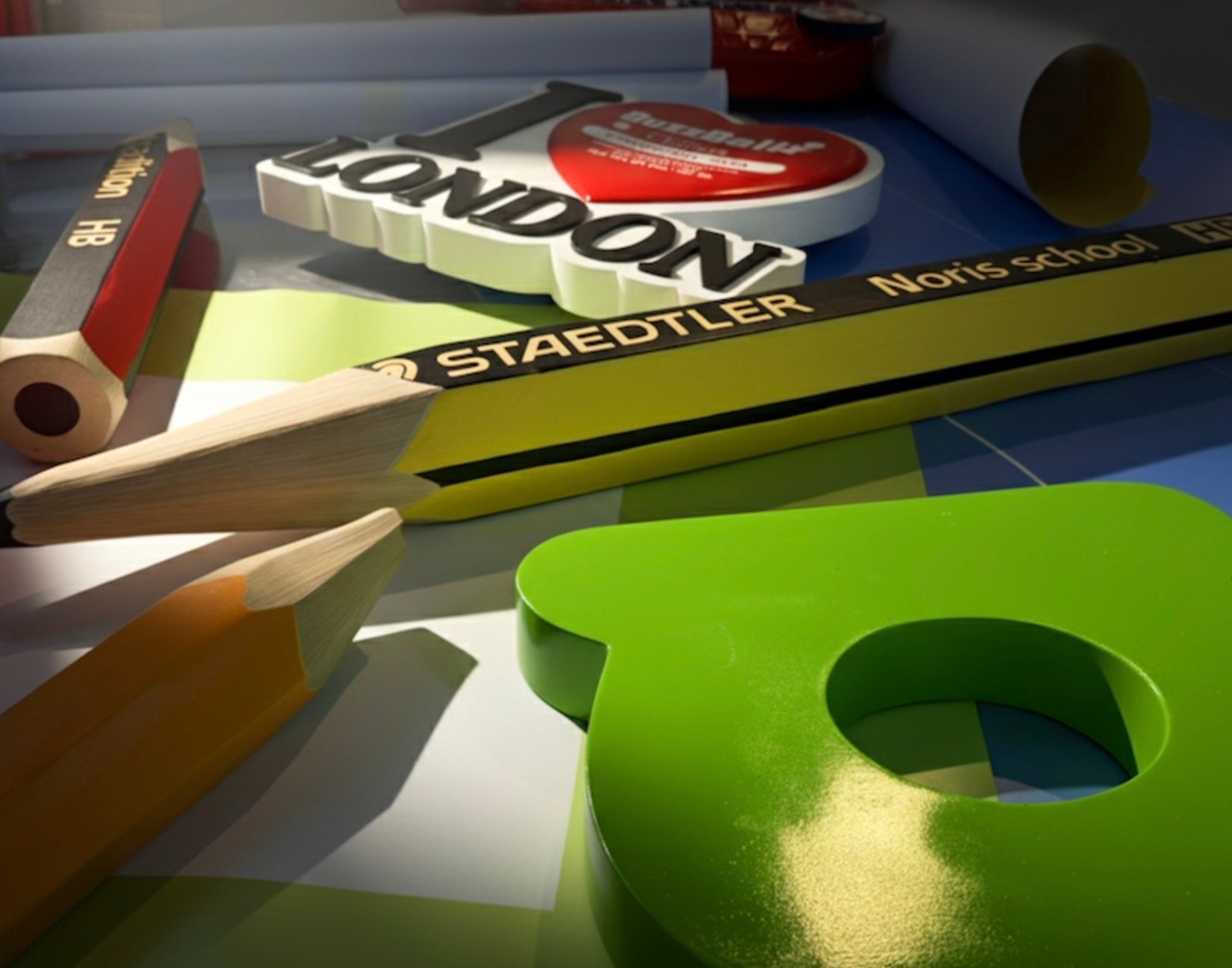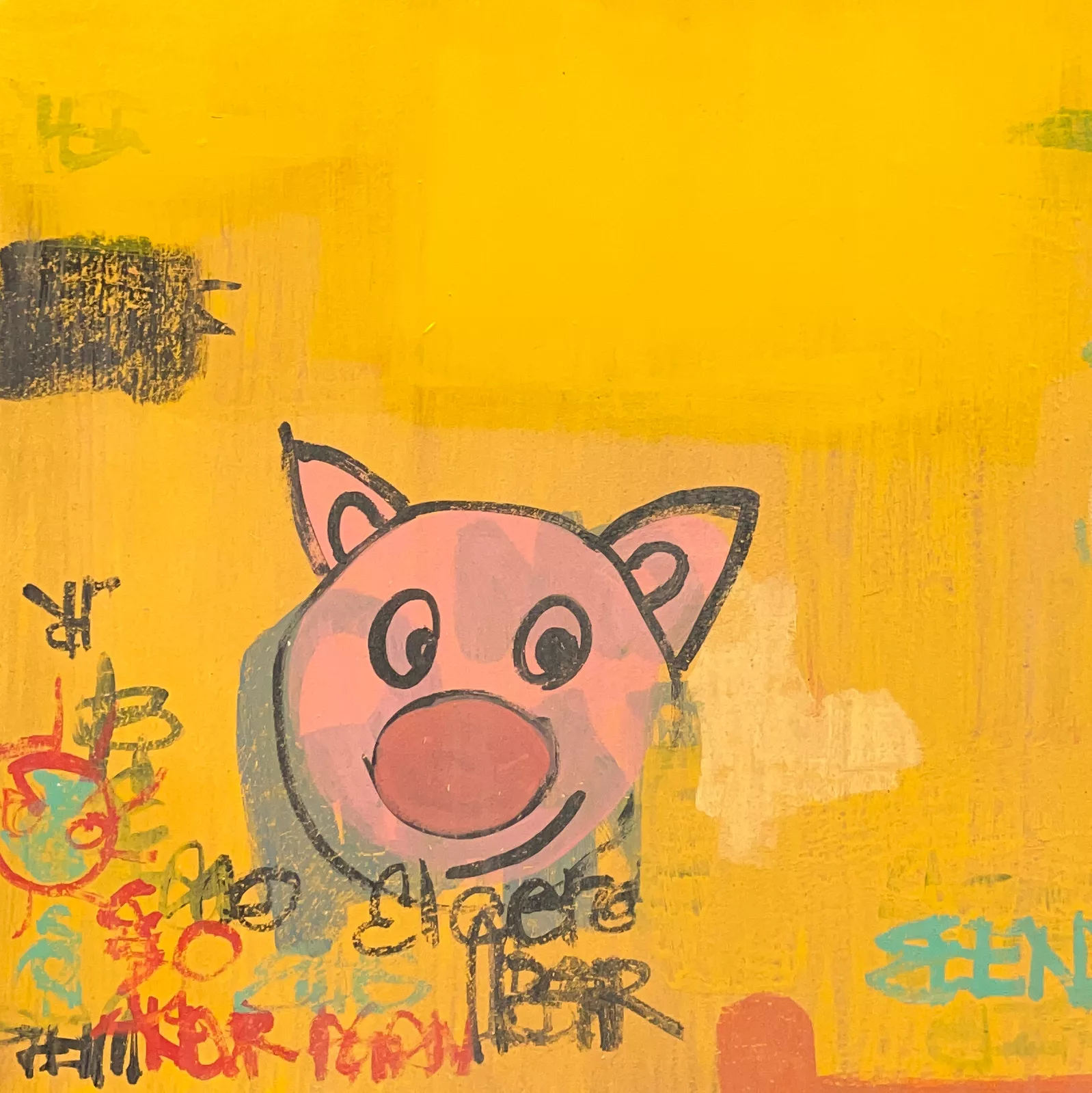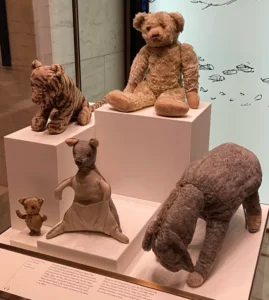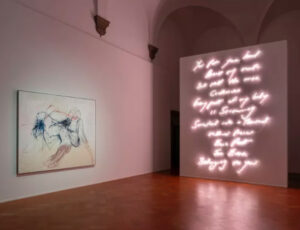In the pantheon of Andy Warhol’s greatest contributions to postwar art, the Mao series stands apart as both a confrontation and a continuation—a conceptual collision between glamour and ideology, portraiture and propaganda.
First created in 1972, shortly after President Nixon’s historic visit to the People’s Republic of China, Warhol’s Mao screenprints transformed the image of Chairman Mao Zedong into the ultimate pop icon.
Among these provocative works, one particular piece—a screenprint in colors on Beckett High White paper—offers a masterclass in Warholian paradox. It’s both visually seductive and ideologically challenging, flattening the boundary between politics and celebrity. It forces viewers to ask: What happens when the most reproduced image of Communist leadership is filtered through capitalist aesthetics?
Let us examine Mao (1972) not simply as a product of technical mastery, but as a conceptual statement that embodies the contradictions, curiosities, and provocations that define Andy Warhol’s entire oeuvre.
Origins: Mao, Nixon, and Warhol’s Political Turn
The early 1970s marked a crucial pivot in world politics. In 1972, U.S. President Richard Nixon made his groundbreaking visit to China, marking a new era in Sino-American relations after decades of Cold War antagonism. Images of Mao Zedong—founder of the People’s Republic of China and emblem of Chinese Communism—flooded Western media.
Andy Warhol, ever attuned to the visual language of mass media, sensed an opportunity. If pop art thrived on recognizable figures—Marilyn Monroe, Elvis Presley, Liz Taylor—then why not Mao?
But Warhol’s motivation wasn’t just about visibility. As he reportedly quipped to art dealer Bruno Bischofberger, “Since fashion is art now and Chinese is in fashion, I could make a lot of money.” Behind the flippant remark was a deeply astute observation: Mao’s image was perhaps the most reproduced in the world—ubiquitous in Chinese life, replicated in propaganda posters, Little Red Books, and currency. He was the perfect subject for Warhol’s mechanical, serialized approach.
The Subject: Mao Zedong as Icon
Warhol sourced his image from the official portrait of Mao used in Chinese propaganda—a photographic bust with stiff posture, serene gaze, and resolute expression. In its original context, the portrait radiated authority and discipline. Warhol, however, infused it with color, distortion, and the veneer of Western pop.
In the Mao (1972) screenprint on Beckett High White paper, Mao’s face is overlaid with broad strokes of purple, yellow, blue, and red. His cheeks are flushed, lips tinted, and eyes exaggerated with cosmetic-like color. The palette evokes makeup—unsettlingly blending the theatrical glamour of celebrity with the stark presence of authoritarian rule.
This gender ambiguity and performative stylization strips the original image of its solemnity. Mao is no longer solely a political figure—he’s a fashion model, a billboard persona, an object of pop fascination.
Medium and Method: Screenprint as Democratic Device
One cannot overstate the significance of Warhol’s chosen medium—screenprint—especially when rendered on Beckett High White paper, a smooth, high-quality stock that ensures sharp color contrasts and texture fidelity.
Silkscreen printing was Warhol’s go-to technique throughout the 1960s and ’70s. Its mechanical nature paralleled the mass-production aesthetics of the consumer world. Every screenprint in the Mao series, while based on the same photographic image, varies in color and brushwork—subtle gestures of individuality amid repetition.
The Beckett paper in particular allowed for a lush absorbency of ink while maintaining the flatness that Warhol desired. The colors lie crisply on the surface, making the interplay between printed texture and painted intervention all the more stark.
In this sense, Warhol blurred the lines between automation and the hand of the artist. He introduced expressive brushstrokes—quick daubs and sweeps of acrylic pigment—that mimicked spontaneity while still being tethered to a methodical process. The result is hypnotically hybrid: painting that looks like printing, printing that pretends to be painting.
Subversion Through Surface
Warhol had a knack for conflating surface with meaning. With Mao (1972), the highly saturated face, flat background, and cosmetic aesthetic create an eerie flattening of ideological depth. In Communist China, Mao’s face symbolized revolutionary purity. Warhol turns it into decoration.
This subversion is not simply satirical—it’s existential. By overlaying political power with the language of consumerism, Warhol suggests that no image, no matter how sacred or ideologically loaded, is safe from commodification. In the West, the image of Mao becomes as decoratively consumable as a Campbell’s soup can.
The most provocative aspect of this screenprint is that it does not announce its critique loudly. It is subtle, even seductive. The viewer is drawn to the piece’s beauty, then forced to reconcile that aesthetic pleasure with the subject’s fraught history.
Color and Expression: A Deceptive Playfulness
Color is never neutral in Warhol’s work. In Mao (1972), the jarring hues that define Mao’s face are deliberately anti-naturalistic. The use of hot pinks, lemon yellows, aquamarine, and violet create an almost clownish visage—yet the portrait remains unnervingly serious. Warhol’s color interventions disrupt the uniformity of the original photograph, undermining the authority of the image while intensifying its spectacle.
Even Mao’s jacket, traditionally rendered in muted gray or green in official portraits, is given unexpected attention. In many versions of the print, it appears as a block of teal or crimson, reinforcing the artificiality of the entire composition.
These color choices are crucial. They transform Mao into something unreal—a hallucination of leadership, a psychedelic vision of power. They strip away realism to expose the construct behind charisma.
Reception and Controversy
When the Mao series debuted, reactions were predictably polarized. Some art critics accused Warhol of trivializing political trauma. Others praised the work for its cool detachment and sharp conceptual edge. In China, the works were (unsurprisingly) banned and remained largely inaccessible to the public until decades later.
In the Western art market, however, the Mao screenprints became coveted items. Collectors recognized their conceptual importance and investment potential. By the 1990s and early 2000s, prices had skyrocketed, solidifying Mao as one of Warhol’s most iconic—and financially successful—bodies of work.
Today, the works are exhibited globally and sit in the permanent collections of the Museum of Modern Art (MoMA), The Art Institute of Chicago, and the Tate Modern in London. Their significance has only grown with time, as new generations interpret Warhol’s fusion of political and pop in an age shaped by algorithmic propaganda and influencer image-making.
Warhol’s Global Vision: Politics as Pop
Warhol’s Mao is not simply about a single man—it’s about the image of power. In appropriating Mao’s face, Warhol wasn’t endorsing his politics. He was interrogating the machinery of visual myth-making. What do we see when we look at the face of a leader? What happens when it’s reproduced not for allegiance, but for aesthetic pleasure?
This is where Warhol departs from earlier portraitists. He wasn’t painting Mao as a man, but as a media object. Just as Marilyn Monroe’s tragedy became consumable through Warhol’s silkscreens, so too did Mao’s ideology. The political becomes plastic, the iconic becomes ironic.
In today’s world—where authoritarian leaders manipulate their image through Instagram filters and viral memes—Warhol’s Mao feels eerily prophetic.
Flow
Andy Warhol’s Mao (1972) screenprint on Beckett High White paper is a masterwork of conceptual dexterity. It seduces and critiques in equal measure. It reduces the most powerful figure of 20th-century China to the level of a fashion spread, and in doing so, asks us to reconsider how we engage with iconography in all forms.
More than fifty years after it was made, Mao (1972) remains a mirror—reflecting back our obsession with faces, power, and replication. It reminds us that in the age of mass media, even revolutions can be printed, framed, and sold.
No comments yet.








